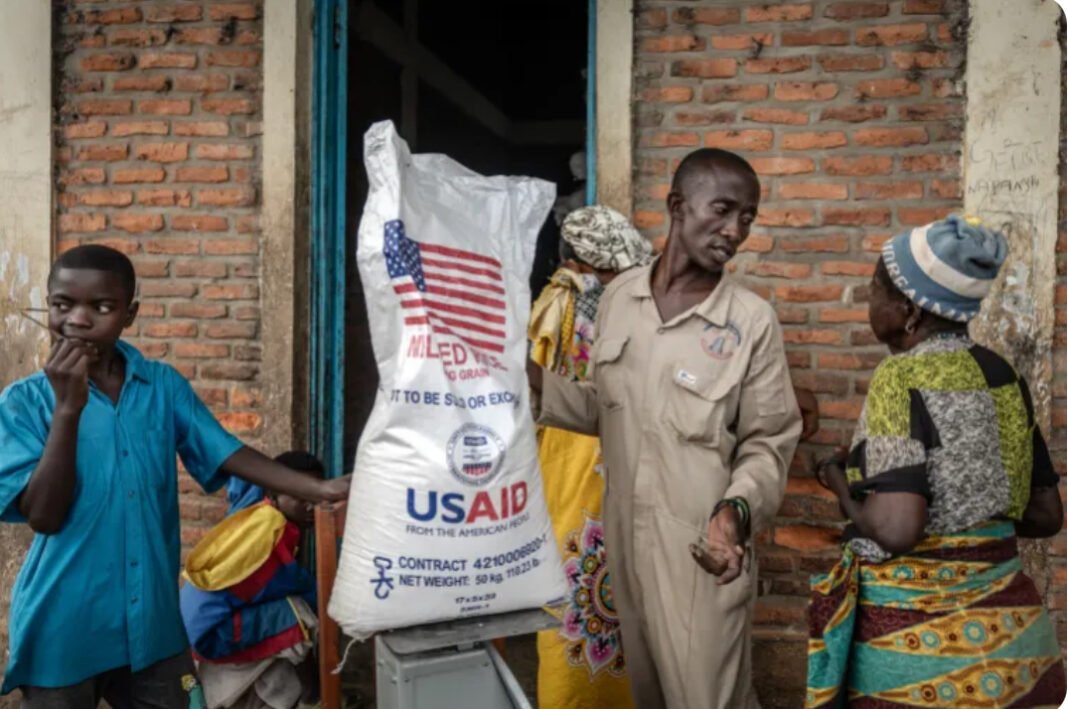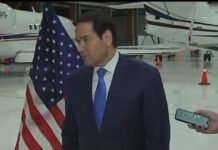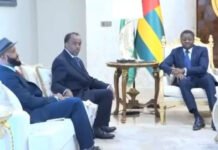Friday, June 27, 2025-HAN
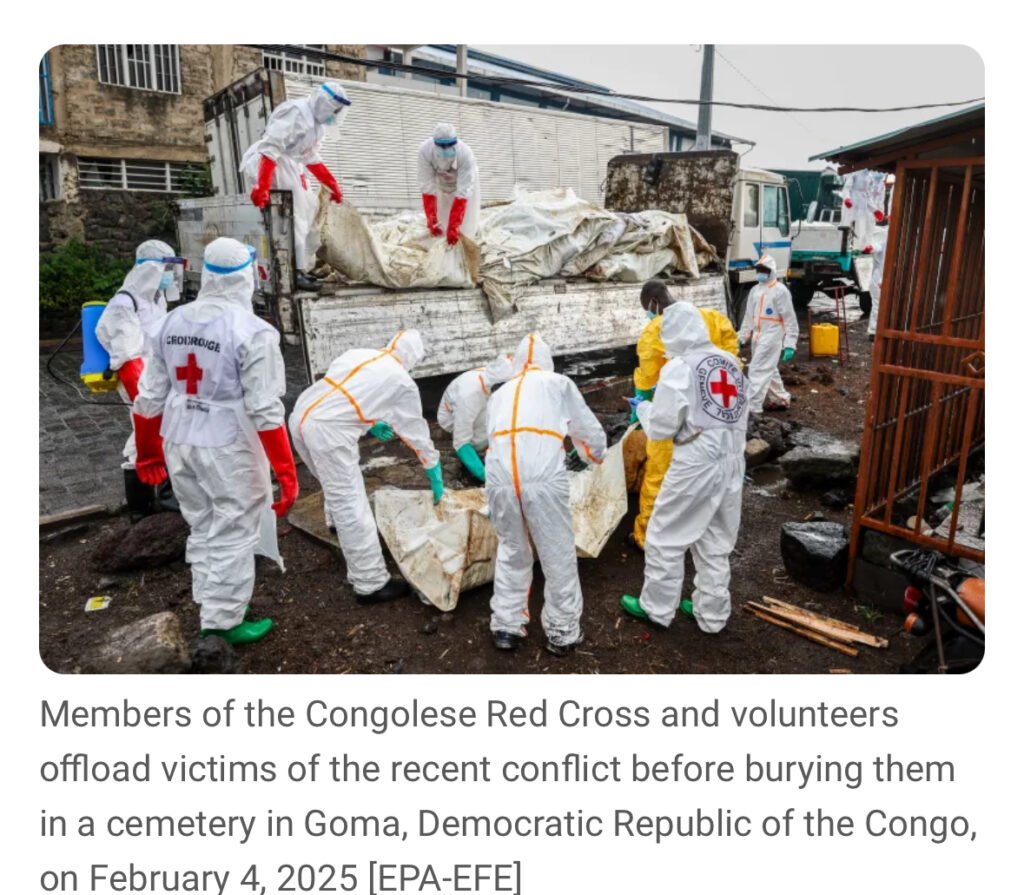
Rwanda and the Democratic Republic of the Congo (DRC) are set to sign a United States-brokered peace agreement on Friday, aiming to end months of deadly conflict that has claimed thousands of lives and displaced millions in eastern DRC—a region rich in natural resources.
While the two nations are not officially at war, Kinshasa accuses Kigali of supporting the M23 rebel group, which has waged a brutal campaign in eastern DRC. Rwanda denies the allegation.
The crisis escalated in January when the M23 launched a major offensive, reportedly with the backing of Rwandan forces, according to a UN expert panel. The rebels have since seized key cities including Goma and Bukavu, stoking fears of a wider regional war.
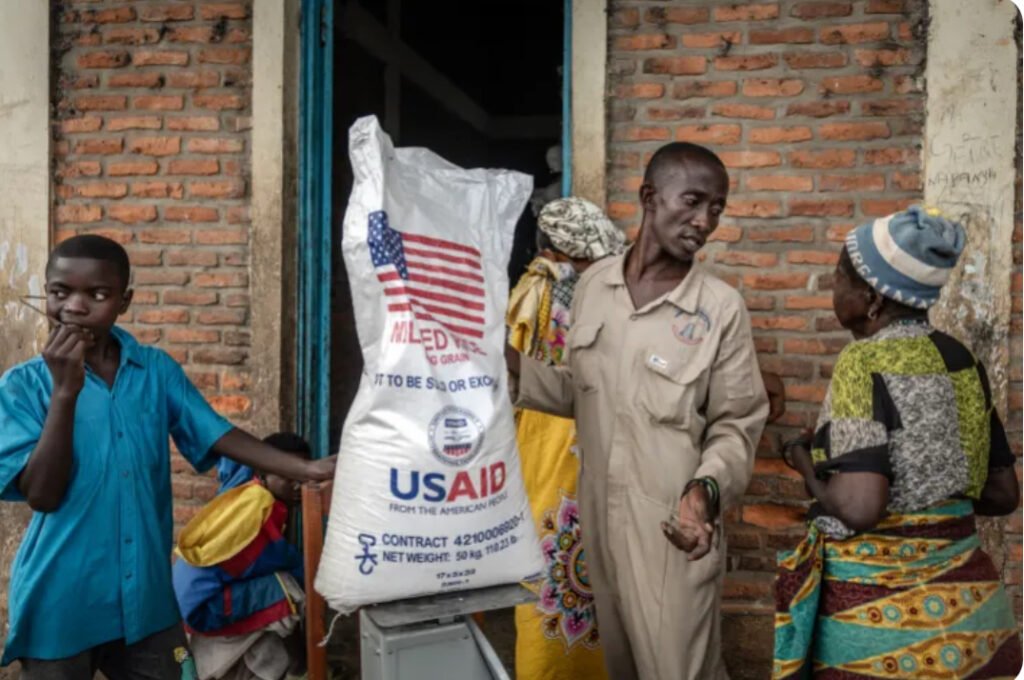
The peace deal comes as the US explores potential investments in the mineral-rich region, seeking stability in an area long plagued by armed groups competing for control of valuable resources.
Background to the Crisis
The roots of the DRC-Rwanda tensions stretch back to the 1994 Rwandan genocide, during which extremist Hutu militias massacred Tutsis and moderate Hutus. After the genocide ended, thousands of Hutu militants fled into eastern DRC, launching cross-border attacks on Rwanda from within Congolese territory.
Rwanda’s pursuit of these forces contributed to the First and Second Congo Wars (1996-1997 and 1998-2003), drawing in multiple countries and leading to widespread looting of DRC’s vast natural wealth, including coffee, diamonds, gold, coltan, and timber.
Since then, eastern DRC has remained mired in conflict. More than six million people have died, and over 100 armed groups continue to exploit the region’s instability, controlling lucrative mines that produce minerals essential for electronics, such as coltan, cobalt, gold, and tungsten.
M23, formed in 2012, comprises mostly Congolese Tutsi fighters who rebelled over alleged ethnic discrimination in the national army. The group claims to defend the rights of Congolese Tutsis, but critics see it as a proxy for Rwanda’s interests—an accusation Kigali firmly denies. President Félix Tshisekedi has repeatedly accused Rwanda’s President Paul Kagame of backing the group.
A 2022 UN report found evidence that Rwanda provides military support to M23, with an estimated 3,000 to 4,000 Rwandan troops operating in eastern DRC. The US has echoed these findings. Rwanda, for its part, accuses the DRC of collaborating with the Democratic Forces for the Liberation of Rwanda (FDLR), a Hutu militia with roots in the 1994 genocide—an accusation the DRC rejects.
Why the Conflict Resurfaced
Though M23 was largely neutralized in earlier years, the group re-emerged in 2022 with sporadic attacks that escalated in early 2025 into a rapid, large-scale offensive. Armed with heavy weaponry, the rebels seized multiple towns and threatened to advance toward Kinshasa.
Efforts to contain M23 by the Congolese army, the FDLR, and troops from the Southern African Development Community (SADC) faltered, with SADC forces withdrawing in May. Mediation efforts—such as the African Union-backed Luanda and Nairobi peace processes—have failed, as both sides accuse each other of breaking ceasefires. Angola’s President João Lourenço stepped down as mediator in March after months of unsuccessful negotiations.
In response to the crisis, the European Union suspended military aid to Rwanda, and the US imposed sanctions on senior Rwandan military officials.
The Path to Peace
US Secretary of Defense Marco Rubio initiated peace talks in April, engaging with DRC Foreign Minister Thérèse Kayikwamba Wagner and Rwandan Foreign Minister Olivier Nduhungirehe. Qatar has also played a role in the negotiations, hosting a rare face-to-face meeting between Tshisekedi and Kagame in Doha in March.
The details of the peace agreement are expected to be unveiled on Friday, with hopes that it will finally bring stability to a region long scarred by violence and exploitation.

